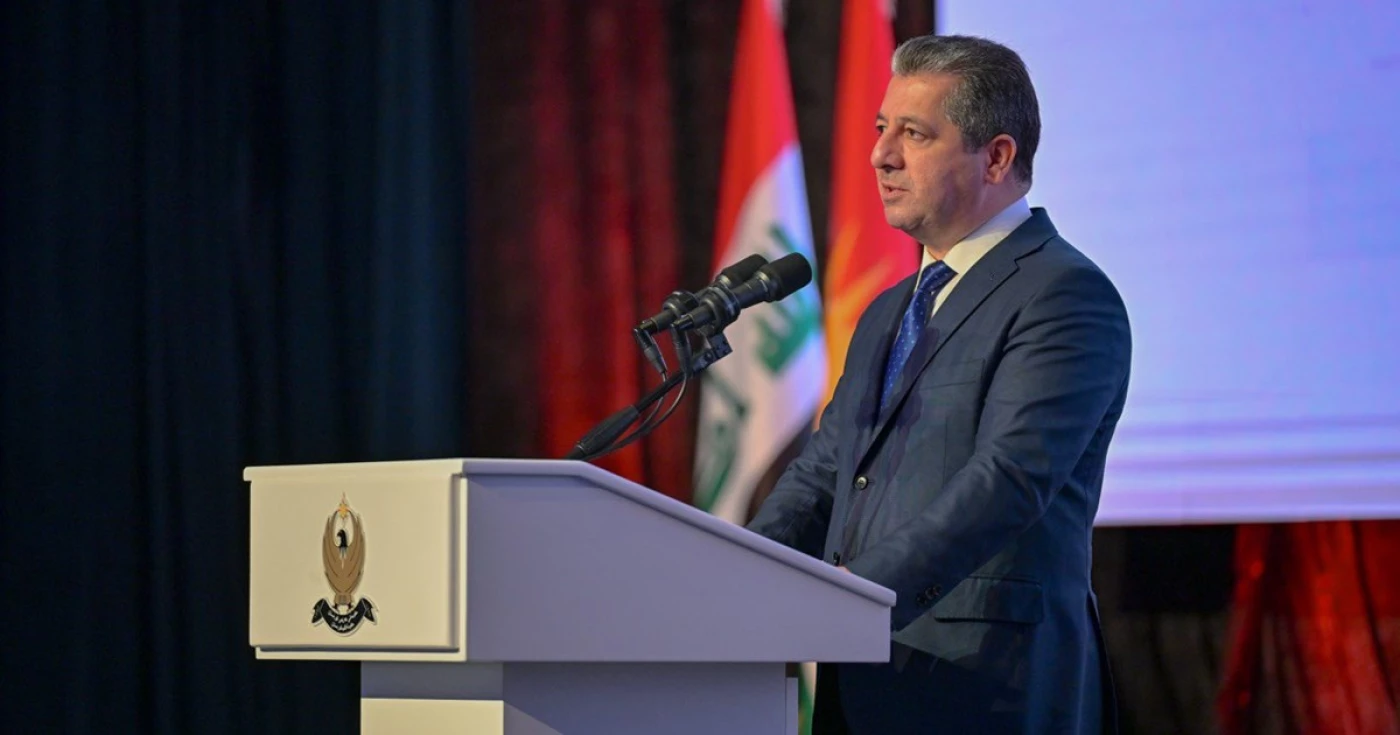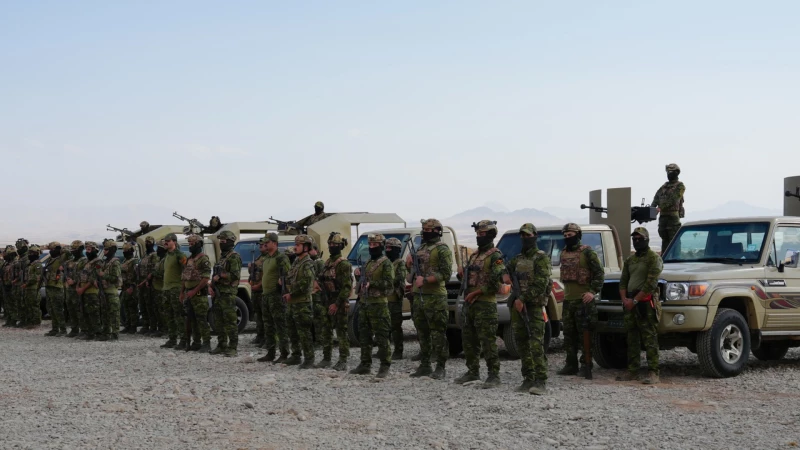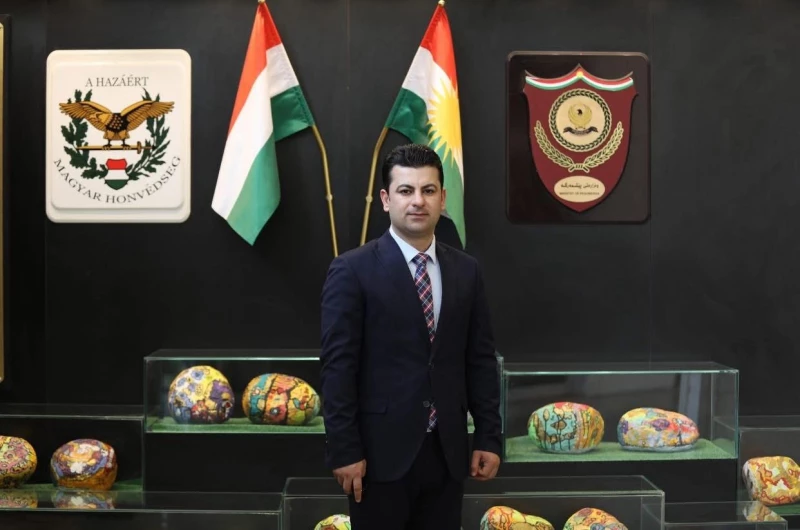ERBIL, Kurdistan Region of Iraq - The installation of point-to-point speed cameras and other traffic safety measures has cut serious injuries and deaths by more than 60 percent in the Kurdistan Region, Prime Minister Masrour Barzani announced on Sunday.
Speaking in Erbil at the launch of a new safety regulation handbook to promote health and safety in the Region, Barzani emphasized that adherence to safety guidelines remains crucial to preventing accidents.
“In places where the project has been fully operational, within one year, traffic incidents have decreased by 50 percent and serious injuries and deaths have decreased by more than 60 percent,” the Kurdish premier said.
The initiative, led by the Interior Ministry, involves the use of average speed cameras, which track a vehicle’s speed between two points (typically 2-3 kilometers apart) to ensure drivers maintain legal limits. Fines for violations range from 60,000 to 120,000 dinars (approximately $46 to $92).
Barzani hailed the project as a key strategy of the Ninth Cabinet of the Kurdistan Regional Government, asserting it "has caused a reduction in traffic incidents and protected the lives of thousands of citizens."
The Prime Minister acknowledged that while the cameras may cause drivers minor financial losses in fines, they effectively stop the greater costs previously suffered due to traffic incidents.
The system was introduced in May 2023 and is operational in the Kurdistan Region's three main provinces: Erbil, Sulaimani, and Duhok. Traffic police in Erbil and Sulaimani have previously reported a sharp drop in fatal incidents on roads where the system is in use.
Car accidents remain one of the major causes of death across Iraq, largely attributed to the poor state of roads.
Beyond traffic safety, Barzani stressed that even though the Kurdistan Regional Government has equipped civil defense teams with advanced rescue and firefighting tools, preventing fires, explosions, and other incidents “is done by adhering to safety guidelines and instructions, which must be fully followed and completely implemented.”



 Facebook
Facebook
 LinkedIn
LinkedIn
 Telegram
Telegram
 X
X


